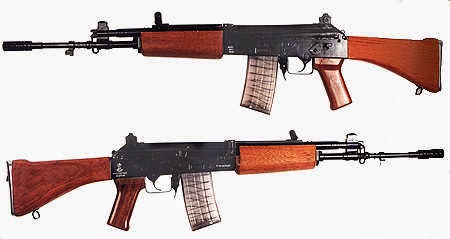The government is likely to unveil a major policy next month outlining a roadmap to build a robust defence production industry and make India one of the top five manufacturers of military equipment and platforms in the next 10 years. Official sources said the final touches are being given to the policy before it is being placed before the Union Cabinet for approval.
They said a significant focus of the defence production policy (DPP-2018) will be to invest adequate resources to develop critical technology for manufacturing state-of-the-art military platforms including fighter jets, attack helicopters and weaponry indigenously.
The DPP-2018 is likely to be released next month, the sources said.
According to the draft policy, the government is looking at achieving a turnover of Rs 1,70,000 crore in military goods and services by 2025.
A Swedish think tank, in a report in March, said India remained the largest importer of military hardware in the world in the last five years, adding Indian imports of major weapons rose by 111 per cent in the last five years compared to 2004-08.
Officials said the aim of the DPP would be to indigenously develop all major platforms which are being imported since in the last six decades.
According to official figure, India inked 187 contracts worth Rs 2.40 lakh crore with foreign and domestic firms for various military equipment and weapons in the last four years. However, majority of the projects are yet to take off due to procedural delays.
Officials said the DPP is also likely to simplify the procurement process by cutting several layers of approval which often cause delays.
They said the policy aims to make India one of the top five manufacturers of defence platforms with active participation of public and private sectors.
The draft policy released in March listed as major objective export of Rs 35,000 crore in military equipment and services by 2025.
The government identified 12 military platforms and weapons systems for production in India to achieve the aim of “self-reliance”.
They are fighter aircraft, medium lift and utility helicopters, warships, land combat vehicles, missile systems, gun systems, small arms, ammunition and explosives, surveillance systems, electronic warfare (EW) systems and night fighting enablers, among others.
According to the policy, the government aims to make one of the top five manufacturers of military equipment and platforms in the next 10 years as well as to fulfil demand of other friendly countries.
The draft policy says the licensing process for defence industries will be liberalised and the list of items requiring licences will be reviewed and pruned.









